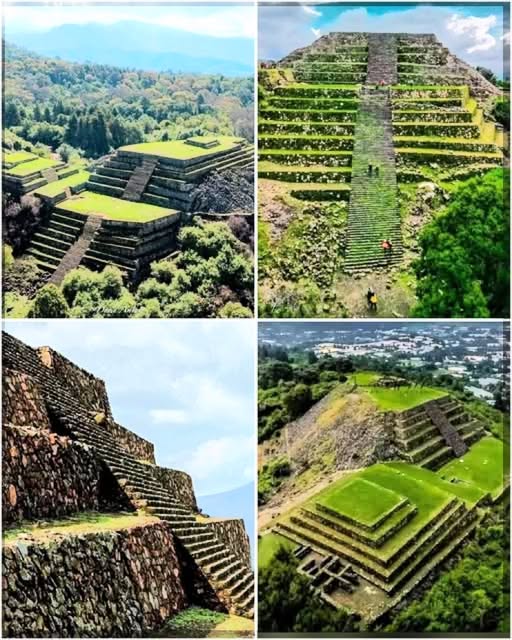
Zirahuato Pyramids (San Felipe de los Alzati)

San Felipe de los Alzati: A Pre-Columbian Marvel
San Felipe de los Alzati stands as a testament to the rich cultural and architectural heritage of pre-Columbian Mesoamerica. This significant archaeological site, located atop the Zirahuato hill and its surrounding mountains, served as a crucial surveillance and protection post for the Purépecha territory, marking the border with the Mexica. Populated by the Otomíes and their allies, San Felipe de los Alzati flourished from the 8th to the 15th centuries AD, embodying the cultural and architectural essence of the matlatzinca culture, which also settled in the Toluca valley.
Historical and Archaeological Significance
The historical significance of San Felipe de los Alzati is well-documented, with sources such as the “Ancient History of Mexico” by Jesuit Francisco Javier Clavijero highlighting the occupation of this region by the matlatzinca group. Archaeological evidence supports these historical accounts, distinguishing the site from other Tarascan area structures like Tzintzuntzan and Ihuatzio. Unlike these locations, San Felipe de los Alzati does not feature mixed-plan structures but is characterized by pyramids built on superimposed bodies with central stairs leading to plazas on different levels.
Covering an area of 52 hectares, some of which extends beyond the area currently open to the public, San Felipe de los Alzati is the most significant archaeological site in eastern Michoacán. It is also the only site in this area managed by the National Insтιтute of Anthropology and History that is accessible to the public. Its strategic geographical location played a decisive role in pre-Columbian Mesoamerica.
The Site’s Names and Historical Figures
The town of San Felipe de los Alzati carries two names due to the land belonging to two communities: Zirahuato, meaning “cold hill” in Tarasco, and San Felipe Calvario. The latter name was modified in the late 19th century to honor local heroes José María, Marcos, and Darío Alzati, who fought for the republican cause during the empire of Maximilian. The Alzati brothers, originally from the district of Zitácuaro, played a significant role in the republican victory.
Archaeological Discoveries and Explorations
Initial archaeological interventions in 1963, led by Román Piña Chan, addressed looting concerns. Formal explorations began a decade later under the direction of archaeologists Otto Schöndube Baumbach, Ramón Carrasco, and Estela Peña Delgado. These efforts have uncovered four architectural complexes, with two currently exposed: the Great Pyramid and the residential area. The ceremonial center, located at the foot of the Zirahuato volcano, showcases the ingenious use of the terrain’s topographic characteristics, with structures raised from natural elevations modified by retaining walls. The construction materials primarily consisted of volcanic stone, with flat stones used for exteriors and worked rocks for stairs and corners.
Petroglyphs found throughout the site, particularly the recurring spiral figure believed to symbolize solar movement, and a hieroglyphic symbol representing Tezcatlipoca, the important lord of heaven and earth, highlight the site’s cultural and religious significance.
Conclusion
San Felipe de los Alzati is a remarkable archaeological site that offers invaluable insights into the pre-Columbian history and culture of the region. Its strategic importance, unique architectural features, and the rich historical narratives ᴀssociated with its names make it a fascinating subject of study for historians and archaeologists alike. As explorations continue, it is hoped that further light will be shed on the lives and achievements of the people who once inhabited this significant Mesoamerican site.


